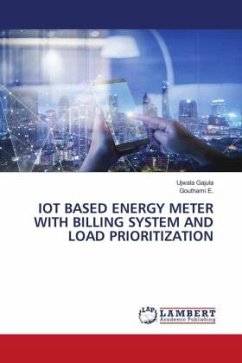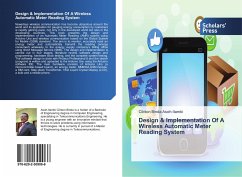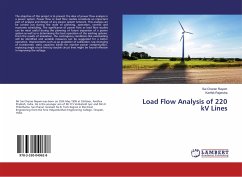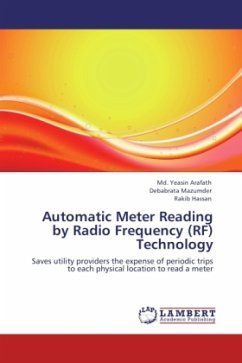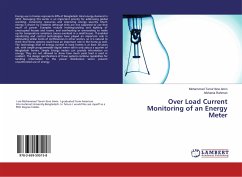
Over Load Current Monitoring of an Energy Meter
Versandkostenfrei!
Versandfertig in 6-10 Tagen
24,99 €
inkl. MwSt.

PAYBACK Punkte
12 °P sammeln!
Energy use in homes represents 40% of Bangladesh total energy demand in 2010. Managing this sector is an important priority for addressing global warming, conserving resources and improving energy security. Much energy is drawn by residents although they are not supposed to use that much of power. Examples include heating/cooling and lighting of unoccupied houses and rooms, and overheating or overcooling to make up for temperature variations causes overload in a small house. IT-enabled monitoring and control technologies have played an important role in eliminating similar kinds of inefficienc...
Energy use in homes represents 40% of Bangladesh total energy demand in 2010. Managing this sector is an important priority for addressing global warming, conserving resources and improving energy security. Much energy is drawn by residents although they are not supposed to use that much of power. Examples include heating/cooling and lighting of unoccupied houses and rooms, and overheating or overcooling to make up for temperature variations causes overload in a small house. IT-enabled monitoring and control technologies have played an important role in eliminating similar kinds of inefficiencies in other sectors, so it is natural to think that these systems could have an important role in the home as well. The technology level of energy control in most homes is at least 30 years old, with simple programmable digital meter still in only about a quarter of Bangladesh homes. Simple Energy meters can provide information on energy. They are not allowed to show how much peak load is used in resident. The design specifications of these systems combine capabilities for Sending information to the power distribution sector prevent unauthorized use of energy.



